The majority of customers use multiple devices on their journey to purchase.
And they’re gonna take nearly a dozen ‘touches’, too.
Case in point: people who receive choreographed emails + ads are “22% more likely to purchase” than those that only receive one or the other.
That means the likelihood of one campaign, on one device, one time, generating a significant conversion, is slim to none. And getting worse.
So why stop there?
Facebook ads can generate interest. Also leads. Or you can use them to trigger marketing automation, SMS, webinars, and even direct mail to generate a steady-stream of new business.
Here’s how to do it.
1. Lead Ads
Facebook ads work best when you re-create a funnel.
Different ads are used to first generate interest, before following up with those people to generate leads, before later following up with leads to generate customers.
That means different campaigns on different devices at different times. That’s the key to creating a Facebook customer acquisition machine that consistently creates new demand for your products and services. (You’ve read that eBook, right?)
And when you begin setting that up, you’ll notice that different ad placements will work better at different times. For example, mobile is great for brand awareness + discovery because of (1) consumer behavior and (2) more inventory and (3) less competition.
That means people read and consume content on their devices. But don’t usually convert as highly.
Except… for one exception: Lead Ads.
Introduced a year+ ago, this little handy ad unit removes the biggest hurdle to conversions on mobile devices (having to click through to a landing page and type your personal data into tiny form fields with your big thumbs).
Six+ months ago, AdEspresso threw their money in the air like they just don’t care, testing the performance of lead ads vs. landing pages.
The results? Lead ads outperformed landing pages for driving mobile conversions.
Which is great! ‘Cause mobile internet usage already eclipses desktop (and showing no signs of slowing down).
So one down, four more to go. Simply use Lead Ads for mobile to generate leads from an already-curated custom audience.
Only one problem…
Facebook collects user data in their Lead Ads so people don’t have to manually submit their emails, etc. But all that data’s still locked up tight inside Facebook. Not much good it’s gonna do in there alone.
You could manually download a .CSV file and upload it to your CRM. But c’mon. Don’t you have, like, hobbies? A family? A friendly bartender at least? Much better things to do.
(If not, there’s always unpaid interns – right?)
Fortunately, Facebook already integrates with MailChimp. So you can seamlessly pass subscriber data over without getting your hands dirty. (Presumably, more are on the way.)
Otherwise, you’ve got two other alternatives.
The first is Zapier. An awesome little tool that helps you ‘hack’ marketing automation features that would normally cost a bundle.
The second is a marketing automation tool that costs a bundle. But worth it in most cases.
For example, AdEspresso’s Data Sync feature will connect your ad campaigns to powerful programs like HubSpot or Infusionsoft.
And that’s where things get interesting.
2. Marketing Automation
We’ve already given up the punchline.
Consumers bounce around from channel to channel and device to device on their long journey to becoming a customer.
So let’s be frank: no way you’re gonna do that manually.
You can try, sure. But once again, see: a life.
IF you wanna generate results, you gotta ditch one-off campaigns in favor of personalized segmentation. The only way that’s gonna happen is with some fancy MarTech tool.
The good news, again, is that you don’t have to blow your budget.
Facebook already integrates with MailChimp natively. And their ‘automation recipes’ have improved significantly in the past year+.
So new leads generated courtesy of your Lead Ad can now enter seamlessly into an automation workflow that delivers what was promised and begins the nurturing process.
For example, the initial lead offer could be a time-tested eBook. But anything would do, including a checklist, free guide, whitepaper, free course, or webinar (which we’ll come back to later).
People opt-in from their mobile device on Facebook and automatically start receiving your pre-set emails that deliver twofold:
- Educating new leads on how to solve their problem (with your stuff).
- While also building trust with these new leads at scale.
Of course, you can also kick things up a notch (BAM! – Emril style) with a more sophisticated setup like HubSpot that allows for IF/THEN branching technology and a slew of other premium features.
For example, people will go through this initial sequence and may not convert. No problem. Let’s see if we can re-engage them by targeting the pain point they’re dealing with.
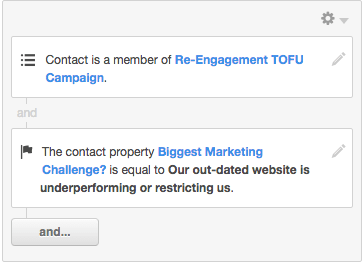
Now. Do any of these people click a specific link? Maybe a link mentioning your product or service? That signals at least some interest or intent. So why not pull them out and add them to a brand new list with follow-ups that go straight to the point.

The point is that you’re starting to build a scalable system that’s constantly following up with people depending on where they’re personally at in time. In different channels and mediums that already mimic their own behavior.
(So you can and should, for example, also keep retargeting these people on Facebook by creating a brand new custom audience with your lead list. Which means they’re now seeing next-level ads on FB that are tied to email messaging they’re also receiving.)
But of course, we’re just scratching the surface. Because marketing automation doesn’t just stop at email marketing.
3. SMS
Sometimes, ‘boring’ niches are also the most interesting.
The competition level is often so high that there’s no room for errors. You don’t have the time or money to waste on Facebook bots if they aren’t gonna deliver results ASAP.
Which is why this next example caught me by surprise.
You see, tax relief is one of these aggressive niches. There are a few savvy competitors all going after the same, small pool of poor saps with crushing tax bills.
That means tax relief companies go straight for the jugular when they smell blood. (Jaws would be proud.) The quickest way to learn what works, is to simply go research exactly what some of the biggest companies are already doing in that space.
So here’s how it went down.
The Facebook ad offered “free tax tips”. Or similar. Doesn’t really matter to be honest.
You opt-in, and instead of seeing your email inbox blow up with a carefully crafted automation sequence, your phone dings.
Curious, you glance over and see the following SMS begin to pour in.
Look at that!
SMS marketing automation in action. The first message is literally just a teaser. It hints that you’re about to receive a phone call. It preps you to respond. (Pavlov would be proud.)
This company wastes no time beating around the bush. They go straight for the phone call ‘cause those convert at 30-50%. But that’s not all.
When you don’t answer (because seriously, who in their right mind wants to sit on the phone with an aggressive tax relief person for only research-sake), you get another message a few minutes later.
Classic IF/Then being played out on your mobile device. ‘Cause SMS opens are as high as 99%. You can’t help but look!
Few ways to do this.
Autopilot can make it happen. So too can TextMagic or BurstSMS with a little help from Zapier.
Once again though, don’t stop there.
Let’s stick with tax relief for a second.
Person opts-in to the initial offer. Next step is to get them on the phone to review tax options. They resist. That means they don’t take the ‘next step’ in your funnel to view options, pricing, etc.
Cue: custom audiences. These people viewed one URL (the initial Thank You confirmation page) but haven’t taken the next step, so SMS messaging (is that redundant?) can be tied back to retargeting Facebook ads yet again. In other words, you can literally see who visits the landing page, but fails to visit the Thank You confirmation page, and then send a text message to prompt them along.
4. Webinars
There’s a reason most B2B marketers use webinars: scale.
Only one problem with them: math.
To generate XX buyers at $YY customer value, you need A LOT of people registering for your webinar. For example, a measly $1,500 takes a lot of work.
Here’s how it breaks down:
- Three customers paying $500 LTV.
- At a 3-4% purchase rate.
- Requires 50 people to attend.
- But only around 40-50% of registrants will actually attend.
- So you need like ~80-100 to sign up.
- Average webinar registration rates are around ~50%.
- That means you’re gonna need at least ~200+ peeps to visit the page in the first place.
And that’s why Facebook ads are a perfect fit. Look no further than this textbook example from the GMAT Club:
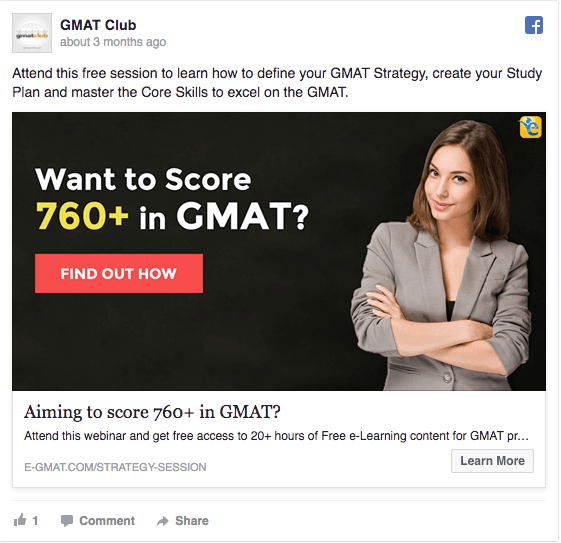
Perfect. Now, how do you remove as much friction as possible? How do you get people from A -> B with the least amount of work that might screw up your numbers?
Once again, pass data automatically. For example, setup an integration between Facebook Lead Ads + GoToWebinar.
You can also have this data passed first to your CRM or marketing automation software and then register them for the webinar, too.
+1 for sending SMS webinar reminders, too.
Because as we’ve learned so far, multiplying channels = increasing odds of success.
But we ain’t done yet. Time to go old school first.
5. Direct Mail
The Law of Shitty Clickthroughs says that channel results decline over time.
It’s natural. Inevitable even. More and more competition generally reduces effectiveness. That whole supply vs. demand thing.
We can sit here and complain about trillions of emails being sent. Or we can do something about it.
We can improve segmentation. Message match and timing. Personalization that extends to ads in other channels like Facebook, SMS, and webinars.
But let’s not hesitate to dust off old, forgotten stuff either.
Direct mail, incredibly, still works. One company used an account-based marketing approach to target $30 million+ companies and saw a 25% response rate from direct mail.
Lob is one of my favorite examples in this case, because you can connect and send through an API. Which means… yes, you can automatically send stuff to new Facebook leads.
Picture this:
You run ads to new people who might be attending a conference. And/or you retarget existing contacts who might be running to the conference. When you confirm their interest and attendance, you physically mail an offer to them that will compel them to visit your booth.
Like sending an empty iPad box with a note to come pick theirs up in-person.
That’s what Matt Heinz did, retelling the story to Topo, “We sent two-day packages to executives in advance of a big conference. The package was an empty iPad box. We wrote in the direct mail to come by our booth to pick up the iPad. Most executives came by just to compliment us. It worked.”
Part of this strategy’s appeal, they point out, is that executives are notoriously difficult to reach. They don’t have time to sit on webinars and you’re not likely to find them downloading whitepapers, either. So took an unexpected approach to get results.
Conclusion
One-off campaigns are dead.
They’re just a piece of the puzzle. A beginning to a long journey.
The trick is stringing together multiple campaigns that already mimic how your customers are already behaving.
That means you gotta show up all over. If the effectiveness of a single channel is in decline, you can sidestep it by roping in multiple channels.
Facebook’s peerless retargeting (courtesy of custom audiences) means you can use it at nearly every step of your marketing and sales funnel. You can use it to trigger new leads, follow up with prospects, and line up sales appointments.
But only if you’re showing up in multiple channels on multiple devices. Just like your customers.
About the Author: Brad Smith is a marketing writer, agency partner, and creator of Copy Weekly, a free weekly copywriting newsletter for marketers & founders.
from The Kissmetrics Marketing Blog https://blog.kissmetrics.com/multi-channel-mastery/
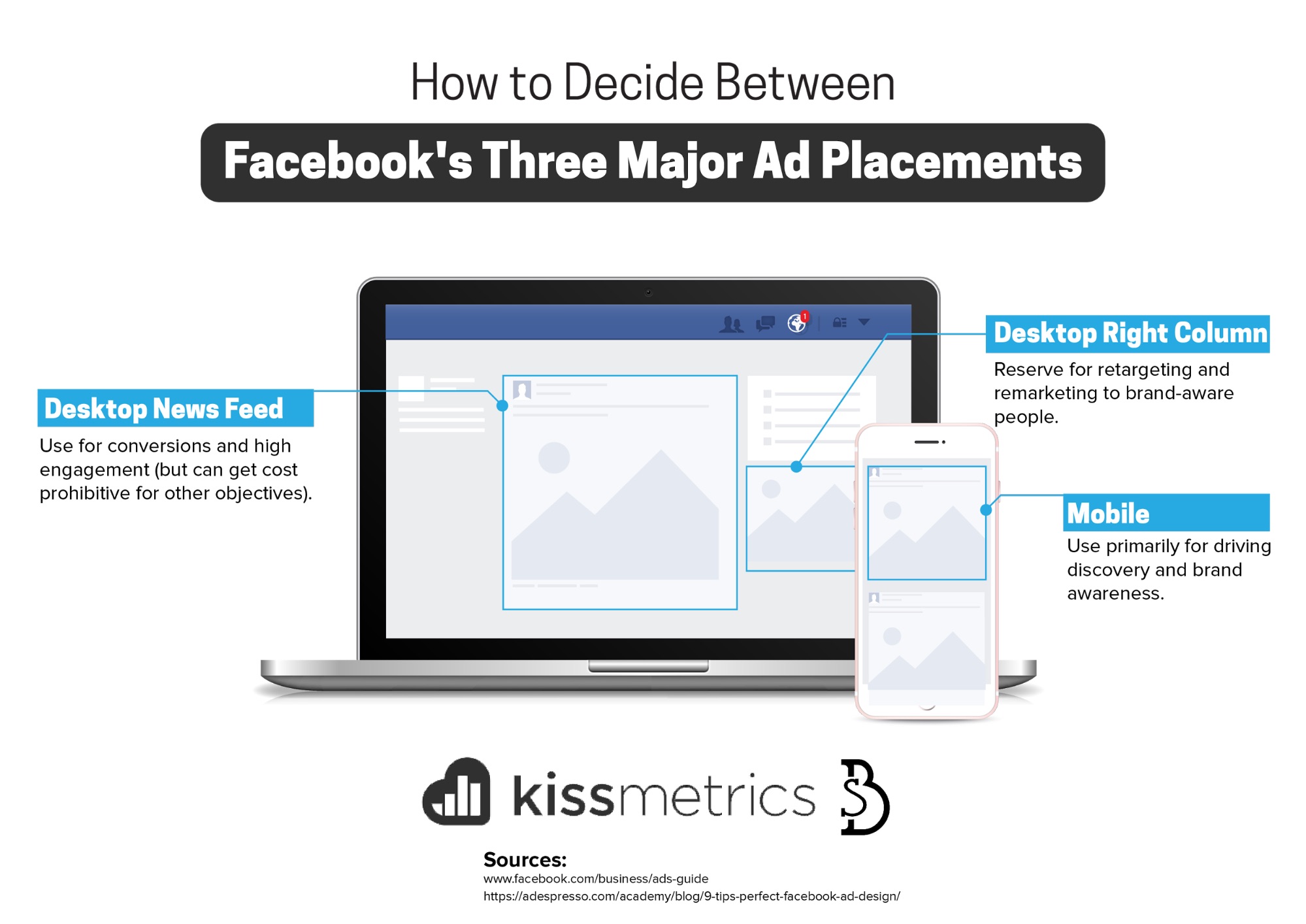

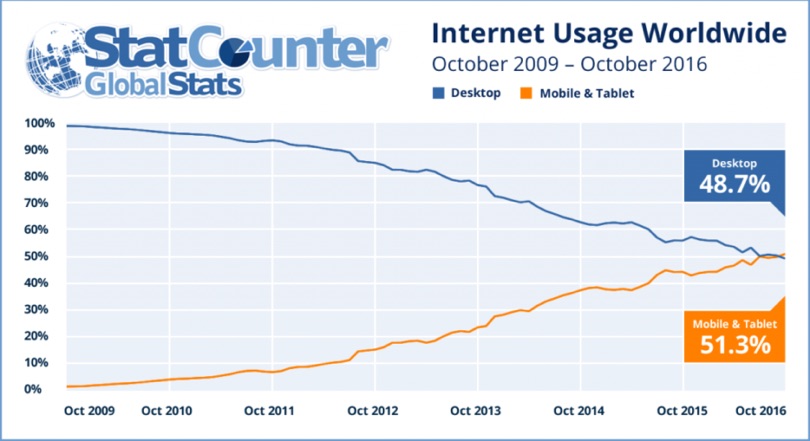
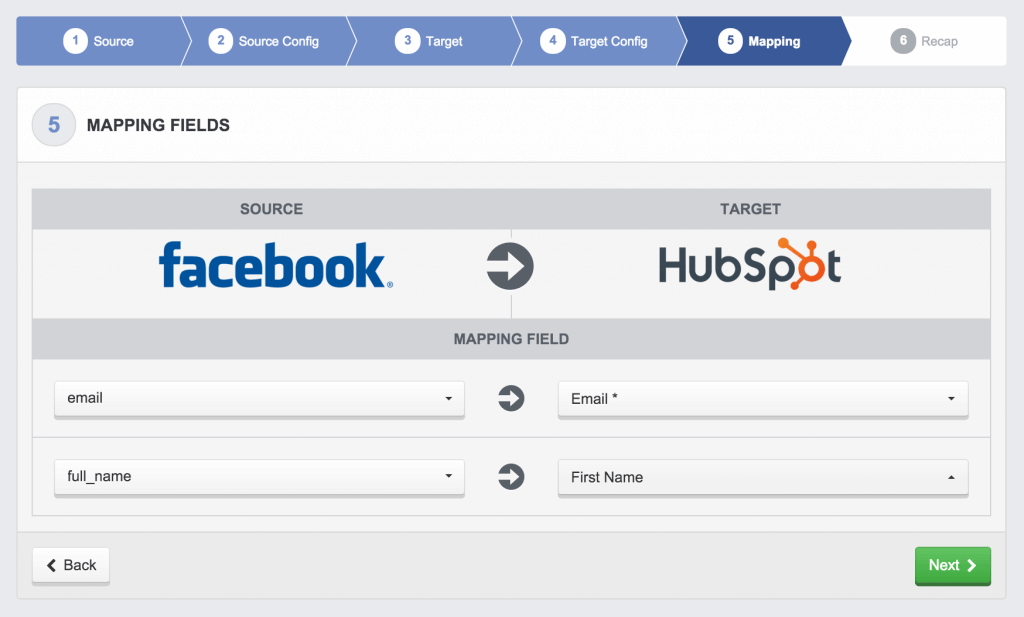
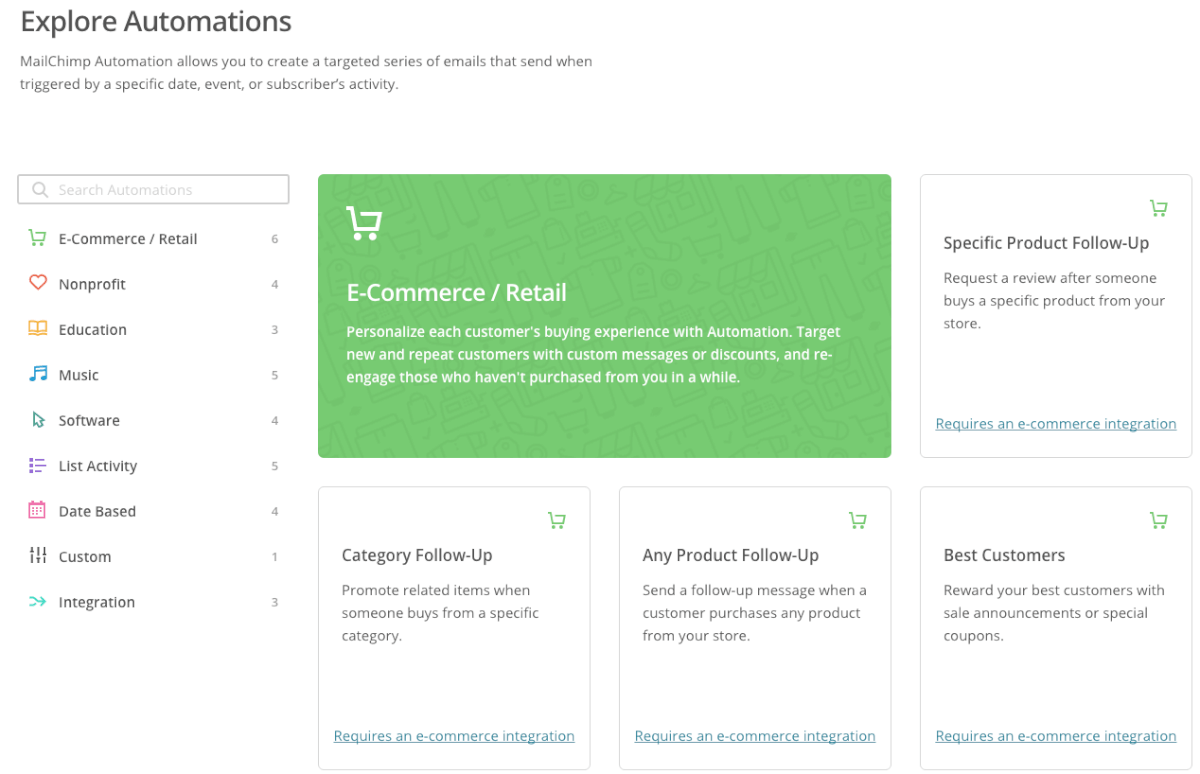
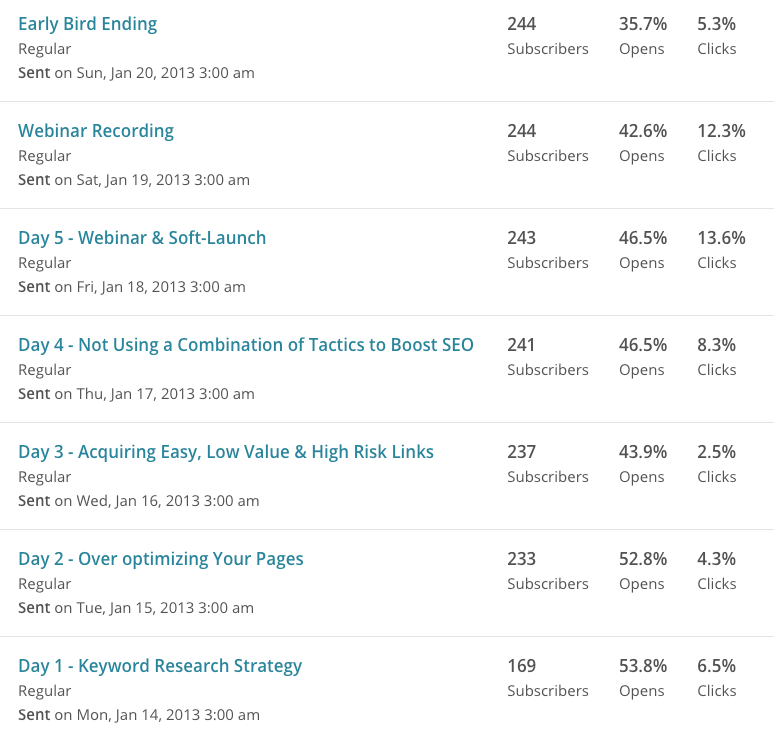
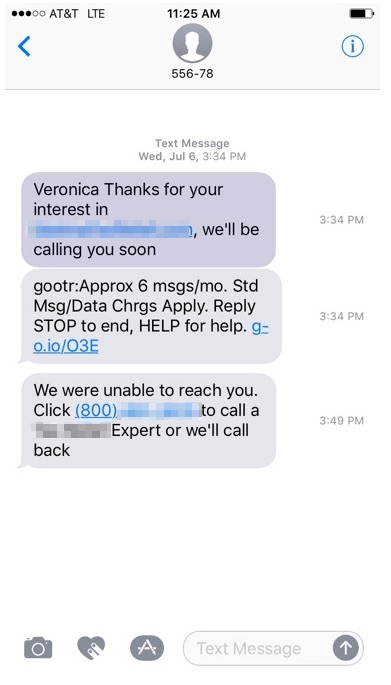
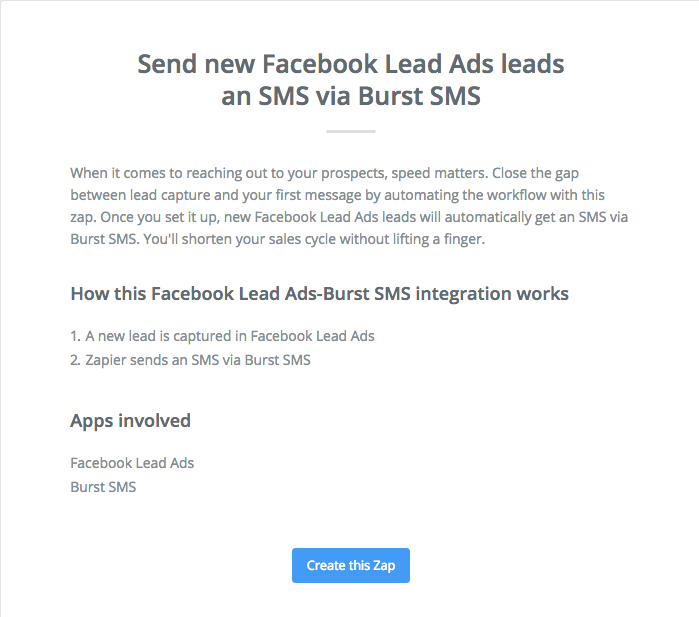
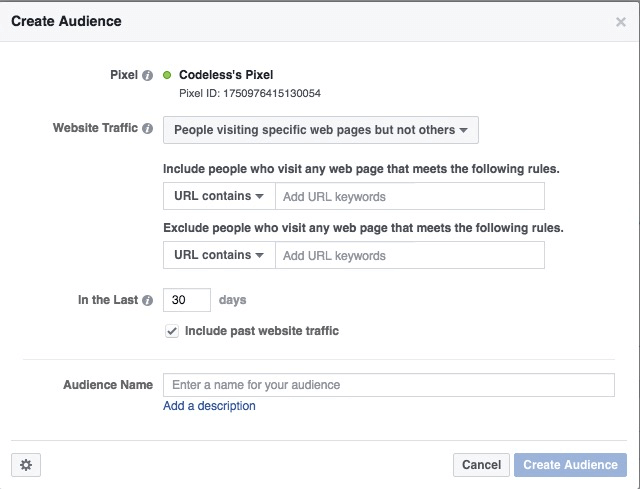

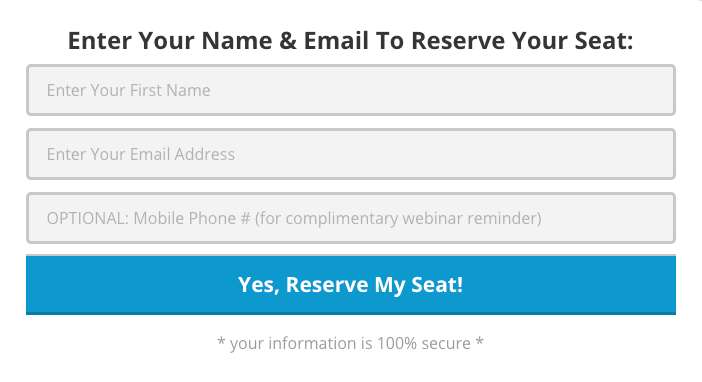
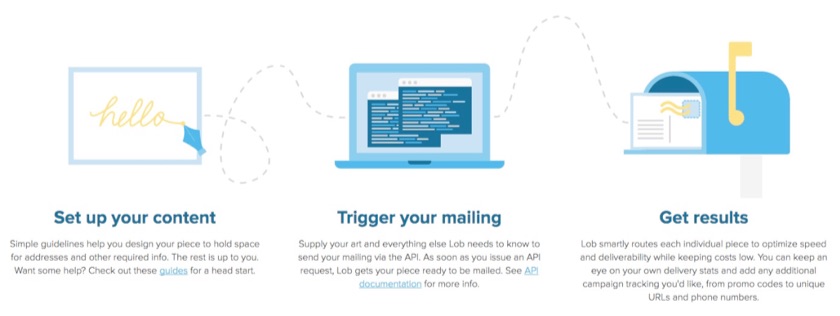
No comments:
Post a Comment